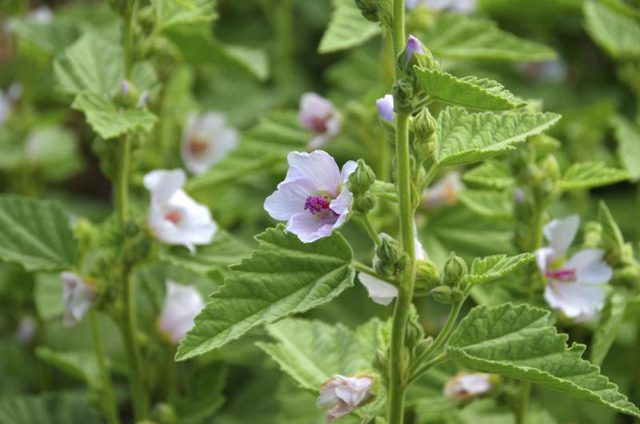Bulbs
Flower Basics
Flower Beds & Specialty Gardens
Flower Garden
Garden Furniture
Garden Gnomes
Garden Seeds
Garden Sheds
Garden Statues
Garden Tools & Supplies
Gardening Basics
Green & Organic
Groundcovers & Vines
Growing Annuals
Growing Basil
Growing Beans
Growing Berries
Growing Blueberries
Growing Cactus
Growing Corn
Growing Cotton
Growing Edibles
Growing Flowers
Growing Garlic
Growing Grapes
Growing Grass
Growing Herbs
Growing Jasmine
Growing Mint
Growing Mushrooms
Orchids
Growing Peanuts
Growing Perennials
Growing Plants
Growing Rosemary
Growing Roses
Growing Strawberries
Growing Sunflowers
Growing Thyme
Growing Tomatoes
Growing Tulips
Growing Vegetables
Herb Basics
Herb Garden
Indoor Growing
Landscaping Basics
Landscaping Patios
Landscaping Plants
Landscaping Shrubs
Landscaping Trees
Landscaping Walks & Pathways
Lawn Basics
Lawn Maintenance
Lawn Mowers
Lawn Ornaments
Lawn Planting
Lawn Tools
Outdoor Growing
Overall Landscape Planning
Pests, Weeds & Problems
Plant Basics
Rock Garden
Rose Garden
Shrubs
Soil
Specialty Gardens
Trees
Vegetable Garden
Yard Maintenance
How to Grow a Marsh Mallow Plant
How to Grow a Marsh Mallow Plant. Although the name marshmallow plant (Althaea officinalis) conjures up visions of bushes covered in marshmallows, the marshmallow plant is actually a plant covered in soft, velvety leaves and white to pale pink flowers. It prefers marshlands but can be successfully grown in drier conditions in U.S. Department of...

Although the name marshmallow plant (Althaea officinalis) conjures up visions of bushes covered in marshmallows, the marshmallow plant is actually a plant covered in soft, velvety leaves and white to pale pink flowers. It prefers marshlands but can be successfully grown in drier conditions in U.S. Department of Agriculture plant hardiness zones 3 through 9. Despite the fact that its sap can be made into a consumable marshmallow-like substance, it is grown mostly for decoration.
Planting Requirements
When planting from a seed, growers recommend beginning the germination process by stratifying the seeds. To do this, combine the seeds with damp sand and place them in a plastic bag. Let the bag sit out for 24 hours before placing them in the refrigerator for four to six weeks, shaking them occasionally. Without stratification, germination may take several months. Plant the seeds as soon as they begin to sprout. Once the seed has begun to sprout, pour the mixture of seed and sand over the top of a prepared garden pot filled with potting soil. To help lock moisture around the plant, cover the pot loosely with plastic wrap. Plant the seedlings as soon as they begin to sprout after the last frost. When planting the seedlings outdoors, dig holes 18 to 24 inches apart to prevent having to thin them out later. After placing the plants in the ground, pat the soil down around the base of the plant until firmly secure and water. If you decide to plant the seeds directly into the soil outside, you will need to plant them 1 inch deep in the fall or late winter, toward the end of February, when the temperature of the soil is around 40 degrees Fahrenheit or less to ensure proper germination. Marshmallow plants can also be propagated by root cuttings, which should be planted in December.
Sun and Soil
Marshmallow plants do best in full sun and should never be planted in full shade. Suitable soils for this plant include sandy, loamy and heavy soils, as well as saline soils. When it comes to soil pH, these plants aren't picky either, tolerating acidic, alkaline and neutral soils.
Water
Remember that marshmallow plants are indigenous to salt and brackish marshes and other areas surrounding bodies of water, making moist soil a must for a healthy marshmallow plant. They thrive in areas that receive 24 inches of rain or more a year. Plants have been known to survive in water alone without damage up to 10 to 15 days. Check the soil around your plants regularly. Keep it moist and avoid letting it dry out.
Fertilizer
Marshmallow plants are hardy and rarely need fertilizing. Avoid applying fertilizer directly to the plant. It is helpful to work organic fertilizer like manure or earthworm hummus in the soil at the time of planting and at intervals of two to three years after.